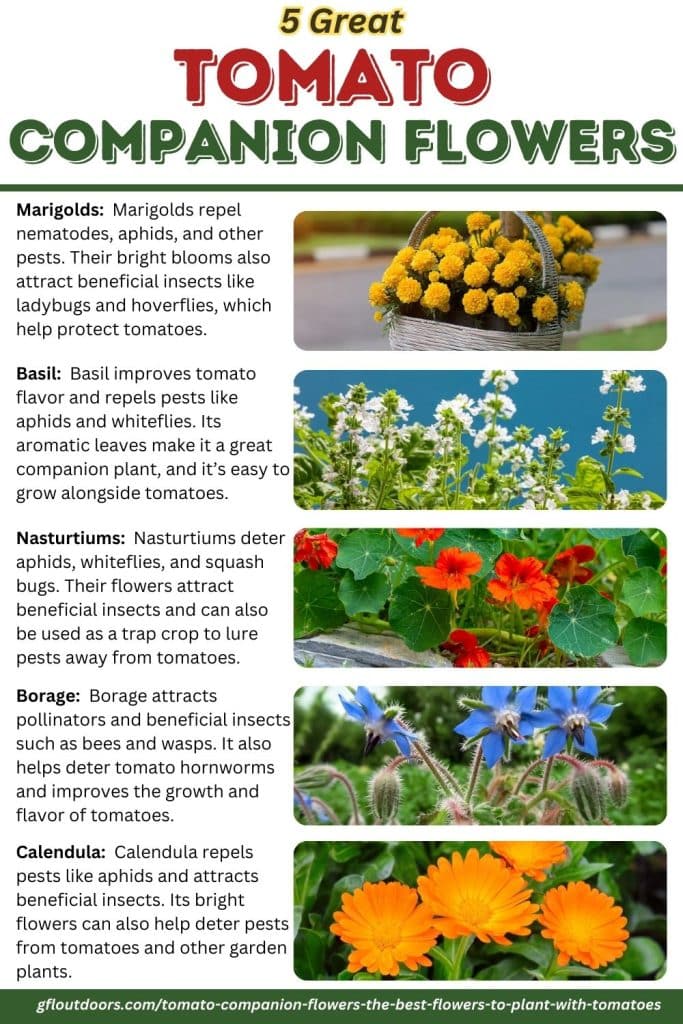
Companion planting is one of those clever gardening techniques that has been around for centuries. Yet, many new gardeners overlook it.
It involves growing specific plants near each other so they can share benefits. These benefits might include repelling pests, improving soil quality, or even enhancing flavor in vegetables and herbs.
Think of it like pairing certain friends together at a dinner party because you just know they’ll get along splendidly. When the right plants grow side by side, their relationship can be downright magical. They thrive better. They’re healthier. And they produce more abundant harvests.
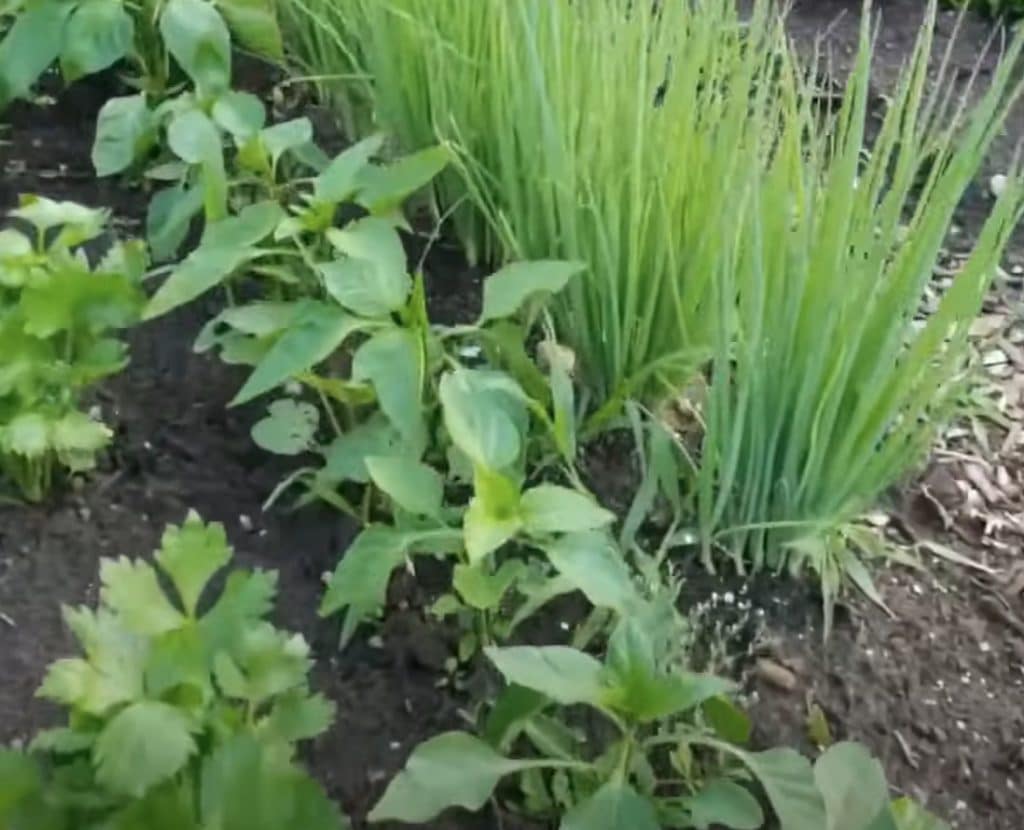
In this article, we’ll highlight 9 companion plants that can really supercharge growth in your garden. Each one brings something special to the table.
You’ll notice that some are wonderful at attracting beneficial insects. Others keep the nastier bugs at bay. Some even improve the taste or fragrance of their neighbors.
By the end of this post, you’ll be armed with enough information to create a vibrant, productive garden. Get ready to see nature’s teamwork in full swing!
1. Basil
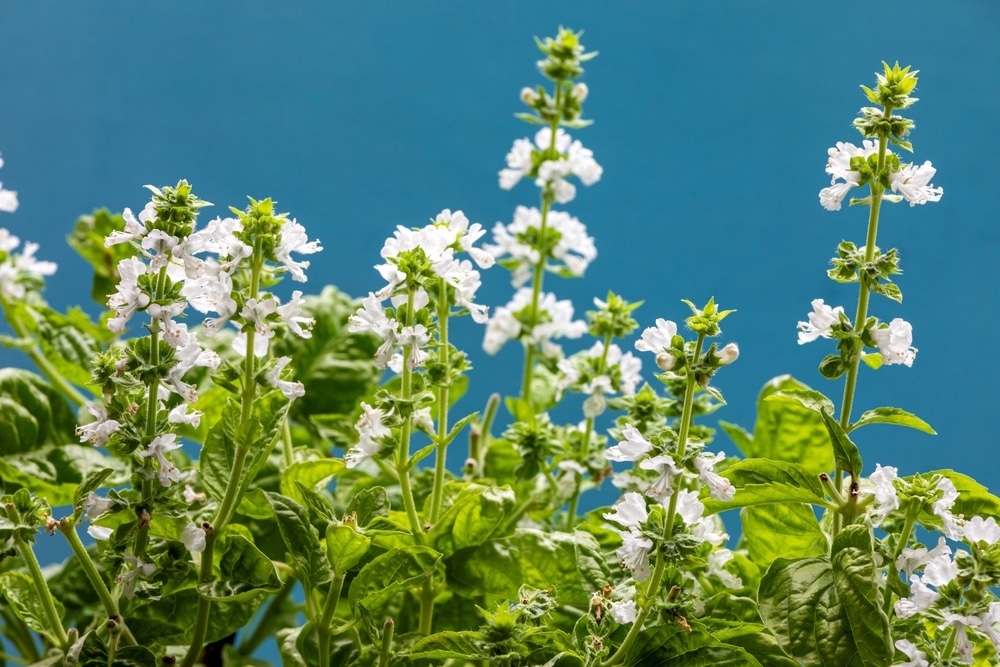
Basil is often called the king of herbs. And for good reason. It has a pleasant smell. It tastes amazing in sauces and salads. Plus, basil is a powerful ally in your vegetable patch.
One of basil’s best-known superpowers is its ability to repel common garden pests such as flies and mosquitoes.
If you’re growing tomatoes, consider planting basil right beside them. Tomatoes and basil are like best friends at a garden party.
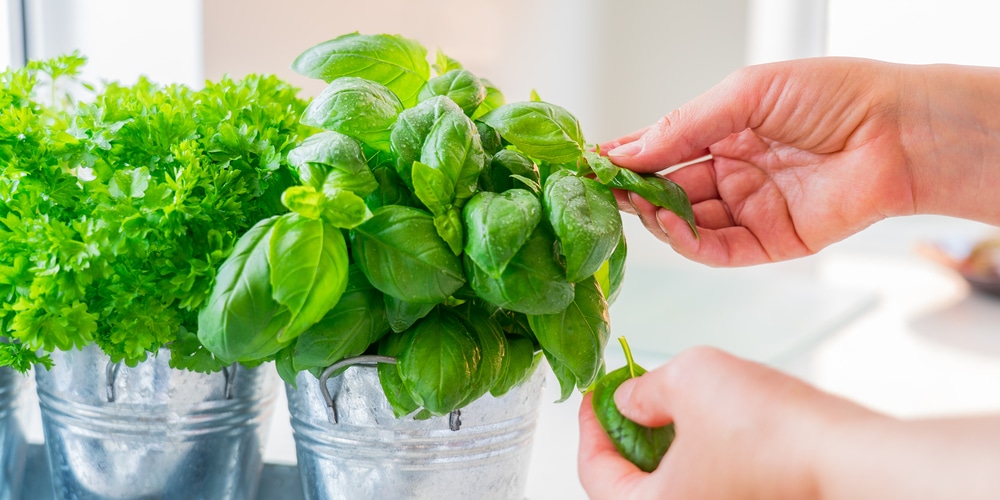
Basil’s aromatic oils help shield tomatoes from pesky invaders. Meanwhile, basil gets some partial shade from the taller tomato plants on those hot summer afternoons.
Beyond pest control, basil is said to enhance the flavor of nearby tomatoes. Many gardeners report their tomatoes taste sweeter when grown alongside basil.
Even if there’s a touch of garden folklore in that belief, it never hurts to try! Besides, it’s also convenient for the kitchen.
Grab a few fresh basil leaves as you pick your red, juicy tomatoes for dinner. Delicious and practical all at once.
2. Marigolds
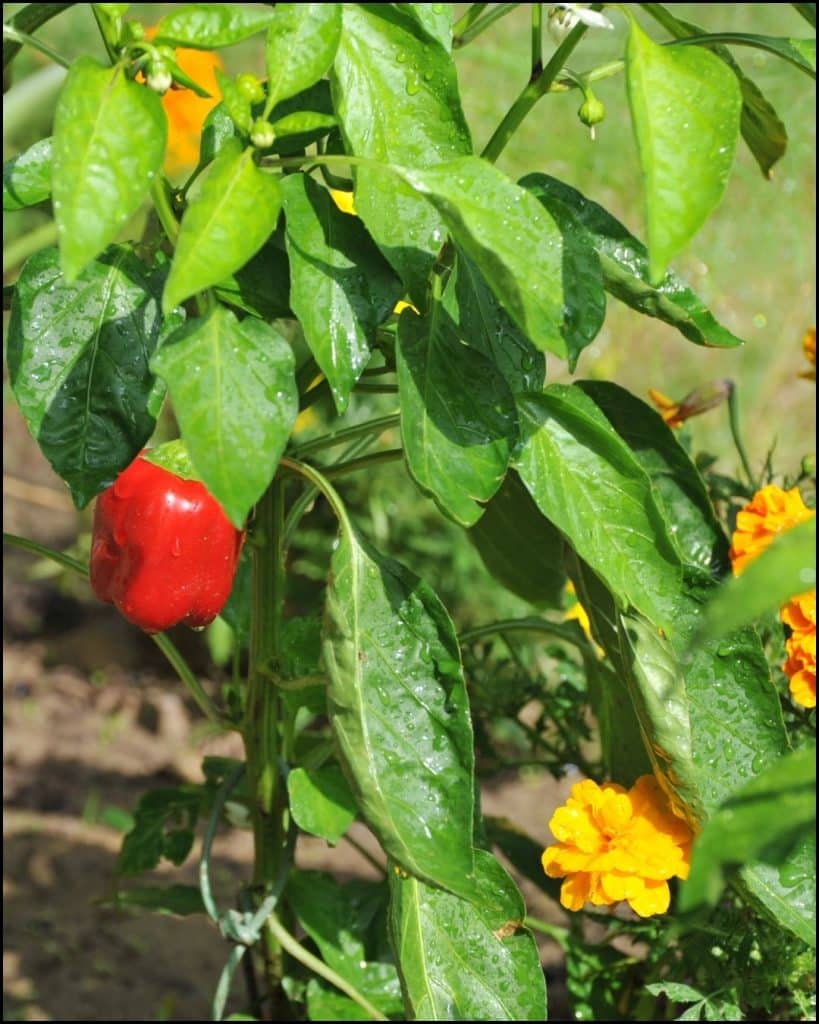
Marigolds are little bursts of sunshine in your garden. Their cheery, bright orange and yellow blossoms light up any space. But they are more than just good looks.
These flowers come with natural pest-deterring properties that help a wide range of vegetables thrive.
Marigolds are particularly known for deterring nematodes, which are microscopic worms that can cause trouble underground.
By planting marigolds around your tomatoes, peppers, or even cucumbers, you create a protective barrier beneath the soil’s surface.
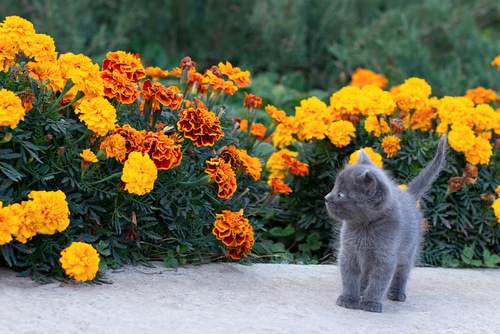
Nematodes will often avoid the roots of marigolds, and that means they also steer clear of other plants’ roots in the area.
One big advantage of using marigolds in companion planting is their low-maintenance nature. They don’t require constant attention.
Simply ensure they receive enough sunlight and water, and they’ll reward you with cheerful blooms. What’s more, marigolds can attract pollinators like bees and butterflies, which is always a bonus.
With their easy charm and potent pest-repelling effects, marigolds deserve a permanent place in your garden plan.
3. Nasturtiums
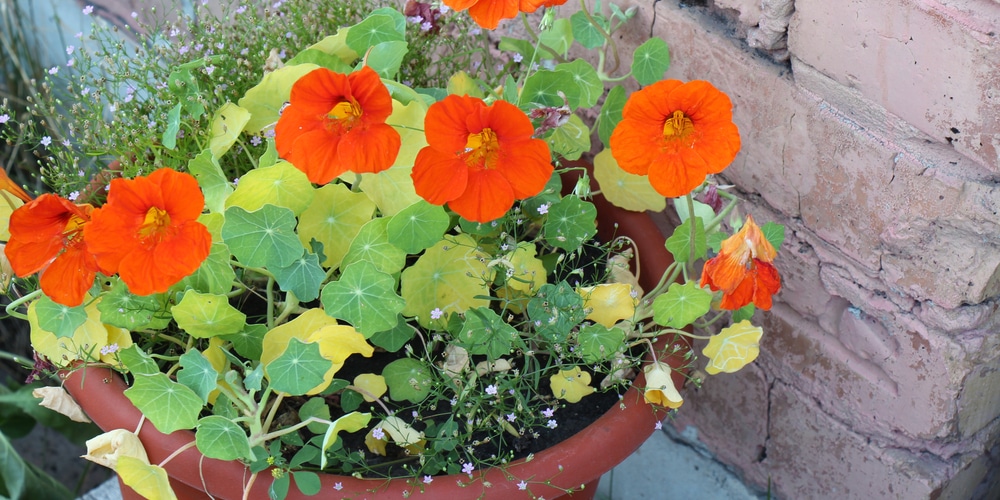
Nasturtiums are like the artful tricksters of the gardening world. They produce colorful, attractive blooms, and they taste a bit peppery in salads.
Yet one of their standout functions is serving as a trap crop. A trap crop is a plant that lures pests away from more valuable plants.
If you grow broccoli, cabbage, kale, or any other member of the brassica family, you might have battled aphids or cabbage moths.
These pests can be incredibly destructive. However, they find nasturtiums so irresistible that they’ll flock to them and often leave your precious veggies alone.
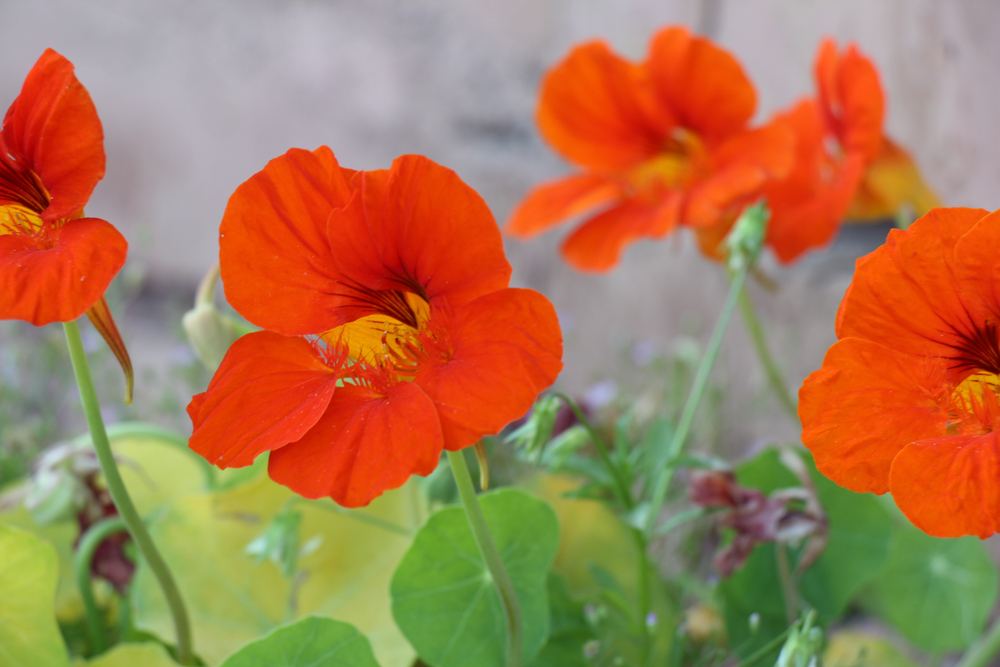
It’s like setting up a decoy. You let the nasturtiums draw in the pests so your main crops can flourish in peace.
Another reason gardeners adore nasturtiums is their capacity to attract beneficial insects. Pollinators like bees and hummingbirds can’t resist those bright, funnel-shaped flowers.
So even as they draw in the “bad bugs,” they also bring in the good ones. Plus, the leaves and blossoms are edible.
You can add a few petals to top a salad, surprising dinner guests with a pop of color and a hint of spicy flavor. If you want a tough, pretty, and multi-functional companion plant, nasturtiums might just become your new favorite.
4. Borage
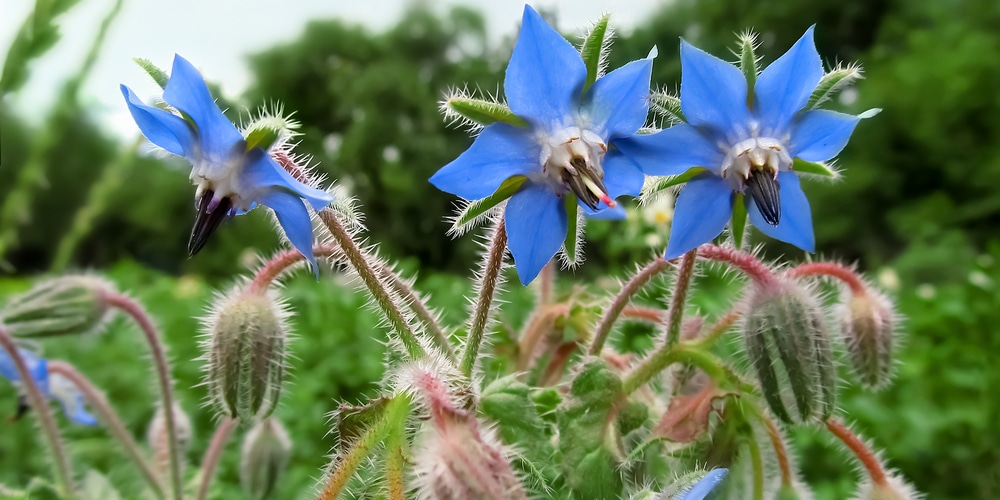
Borage is a somewhat lesser-known herb, yet it’s a superstar once you become familiar with it. Its star-shaped, bright blue flowers not only look enchanting, but they also draw in armies of beneficial pollinators.
Bees, in particular, go crazy for borage. They absolutely love the nectar. This influx of pollinating visitors naturally helps any nearby fruiting plants, such as cucumbers, melons, or squash.
Another major benefit of borage is its ability to improve soil. Over time, it develops a deep taproot that pulls up valuable minerals from lower levels of the soil.
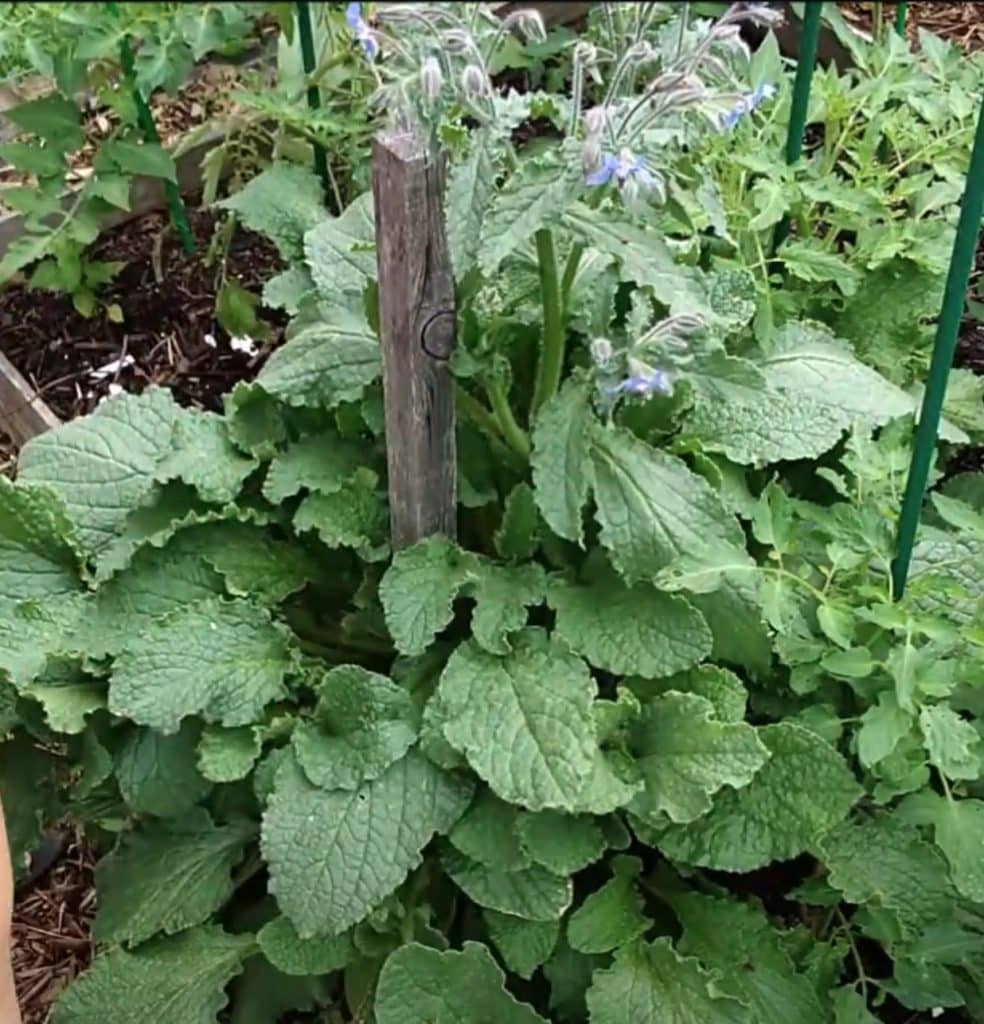
When the plant eventually dies back or when leaves drop, those minerals are released near the surface, where other plants can access them more easily. It’s like a natural way of fertilizing your garden without turning to synthetic products.
Borage is often grown beside strawberries because it helps sweeten their flavor. Some gardeners also place borage near tomatoes to repel tomato hornworms.
These large, green caterpillars can quickly demolish your tomato plants if you’re not careful. By planting borage, you gain an ally.
You also gain a supply of gorgeous edible flowers that are often used to decorate desserts or float in summer drinks. You might just find yourself falling in love with borage for its looks, taste, and overall garden benefits.
5. Chives
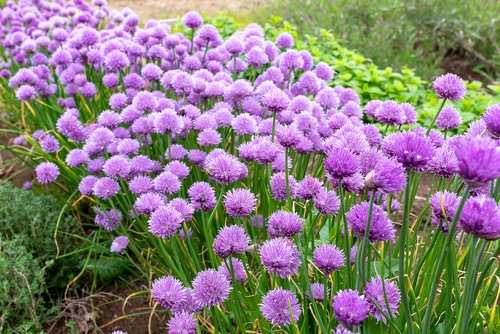
Chives are a humble herb, but don’t let their small stature fool you. They come with a powerful oniony scent that many pests find unpleasant.
This makes them a valuable friend to plants that need a little protection. If you have a rose garden, for example, you might notice aphids or black spot disease creeping in.
Planting chives around your roses can ward off aphids and help with fungal issues.
Just as with many allium family plants (like onions, garlic, or shallots), chives produce compounds that discourage pests. Their antifungal and antibacterial properties also help keep certain diseases at bay.
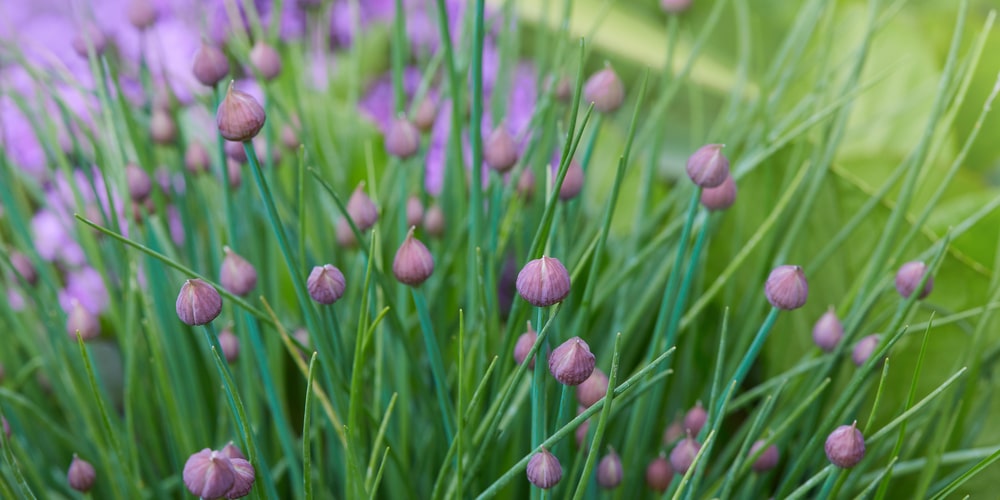
And guess what? Bees love chives. When the purple pom-pom flowers open, pollinators can’t resist them. This means any fruiting veggies nearby receive an extra boost of visiting pollinators.
From a culinary standpoint, chives are so easy to snip and sprinkle on top of soups, baked potatoes, and other savory dishes.
Their flavor is milder than onions, so it’s easy to add them to many recipes without overpowering the rest of the meal. Combine this versatility in the kitchen with their protective qualities in the garden, and it’s clear that chives absolutely earn a spot in your companion planting lineup.
6. Rosemary
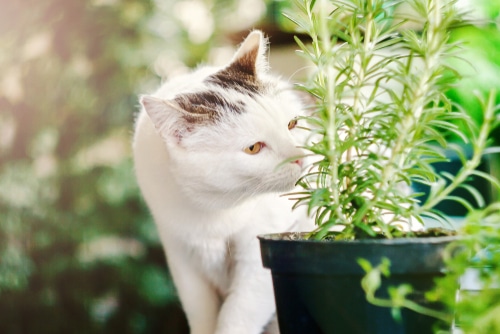
Rosemary is a sturdy and aromatic herb. Gardeners love rosemary for its woody smell and pine-like taste. It excels in sunny, drier environments, and once established, it’s quite drought-tolerant.
Beyond being a handy kitchen staple for roast chicken or potato dishes, rosemary also has a wealth of garden benefits.
One standout characteristic of rosemary is its strong scent, which keeps pests such as carrot flies and cabbage moths away. If you’re growing plants susceptible to these insects, consider planting rosemary nearby.
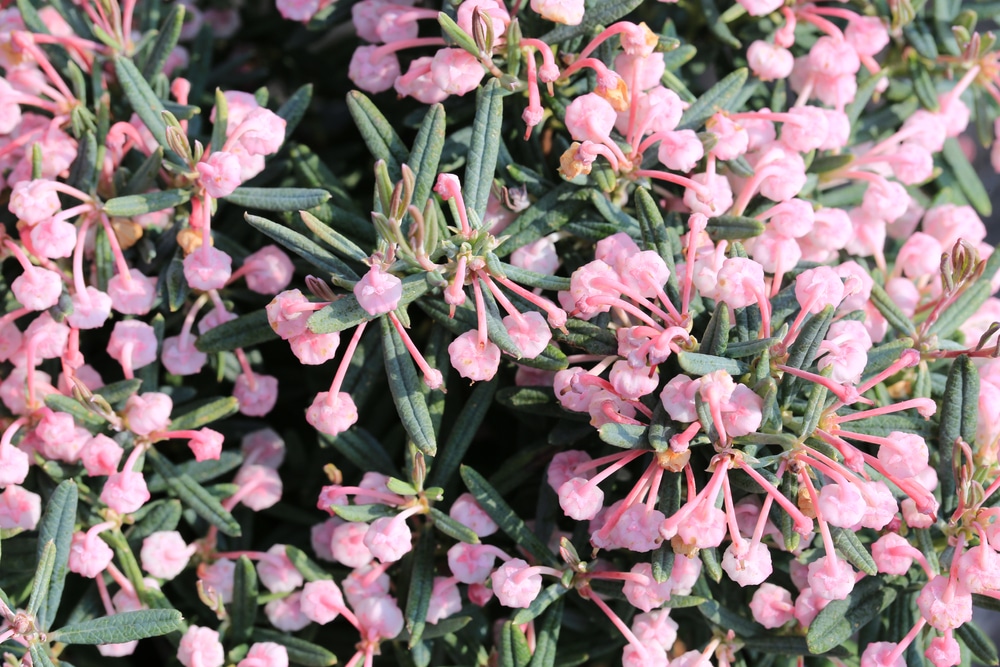
As an added bonus, rosemary is a magnet for bees, especially when it’s in bloom with small, delicate purple flowers. By drawing in these pollinators, rosemary indirectly helps enhance the yield of fruit-bearing plants around it.
Many Mediterranean herbs share similar companion planting benefits. But rosemary stands out for its hardiness and for the potent aroma it emits.
You can trim your rosemary to keep it in shape. It’s a perennial in many climates, meaning it will come back year after year if you protect it from harsh winter conditions. Low effort, long-term reward — it’s hard not to love that combination.
7. Mint
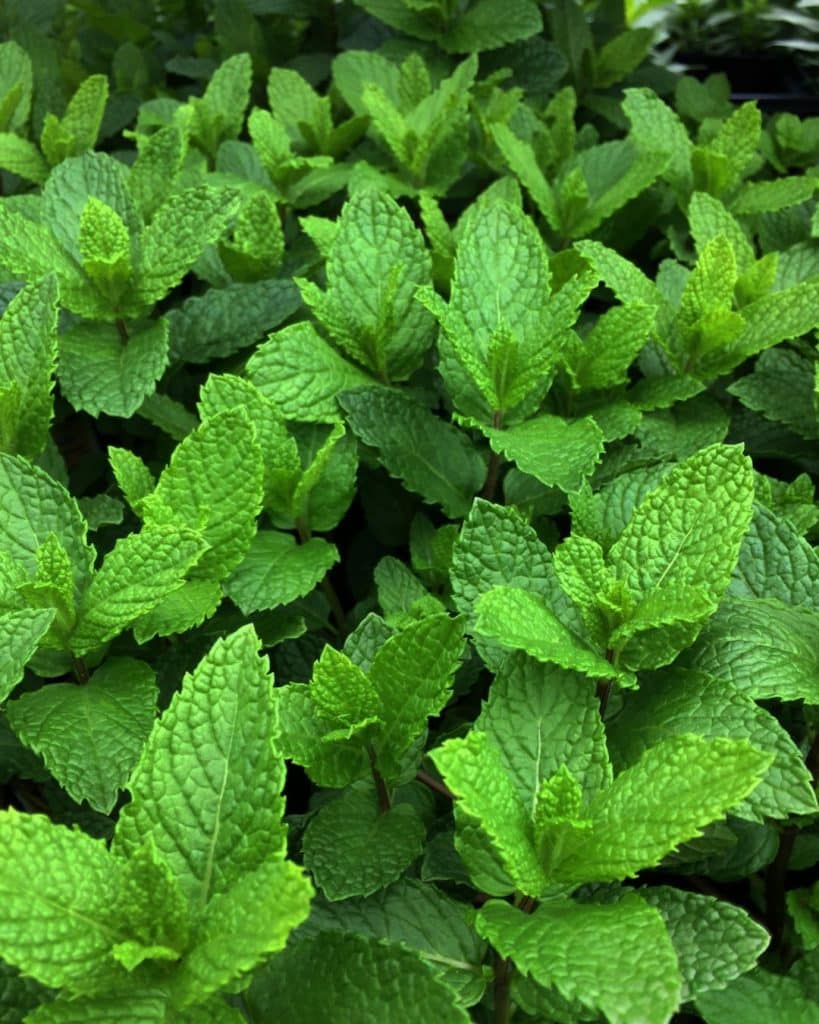
Mint is known for its refreshing flavor and scent, but in the garden, it can be a bit of a wild child. This is because mint grows quickly and aggressively, often trying to take over any space it occupies.
Yet, its strong smell is the very thing that helps in repelling insects, including ants, fleas, and even mice.
If you’d like to harness mint’s pest-repelling powers, consider keeping it in a container or giving it its own bed. By doing this, you prevent it from crowding out other plants.
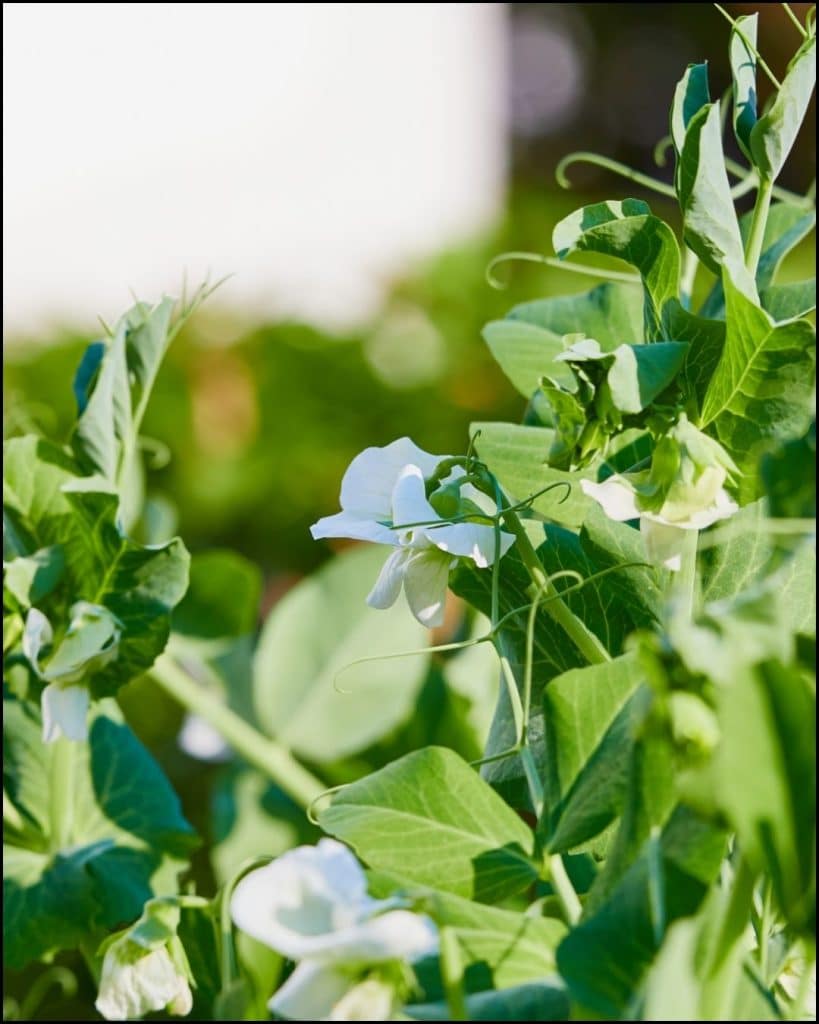
Mint is an excellent companion for cabbage, kale, and other brassicas. It helps deter cabbage moths and other pests that normally would ravage your leafy greens.
A plus side of growing mint, of course, is having fresh leaves ready to harvest for teas, desserts, or garnishes.
There are many varieties of mint: spearmint, peppermint, chocolate mint, and more. Whichever you choose, the principle remains the same.
Mint helps keep unwanted bugs away and welcomes beneficial insects. Just remember, keep it contained! With a little planning, you can let mint do its job of defending your garden while also savoring its fragrant taste in the kitchen.
8. Sage
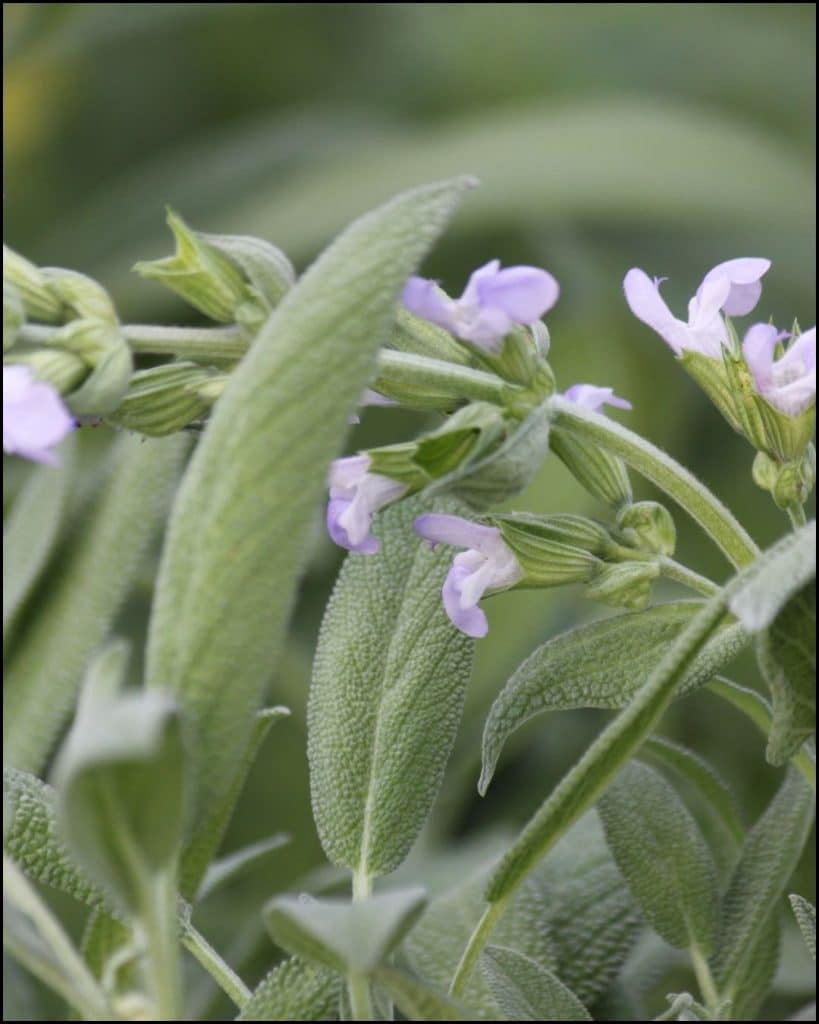
Sage is revered for its earthy, slightly peppery flavor that’s found in many traditional dishes. But sage is more than just a tasty herb in stuffing or roasted meat.
In the garden, sage provides natural pest control against insects such as cabbage moths, beetles, and carrot flies.
Particularly if you grow brassicas, sage can offer a line of defense. The aromatic compounds in sage confuse or repel certain pests, helping to keep your vegetables unscathed.
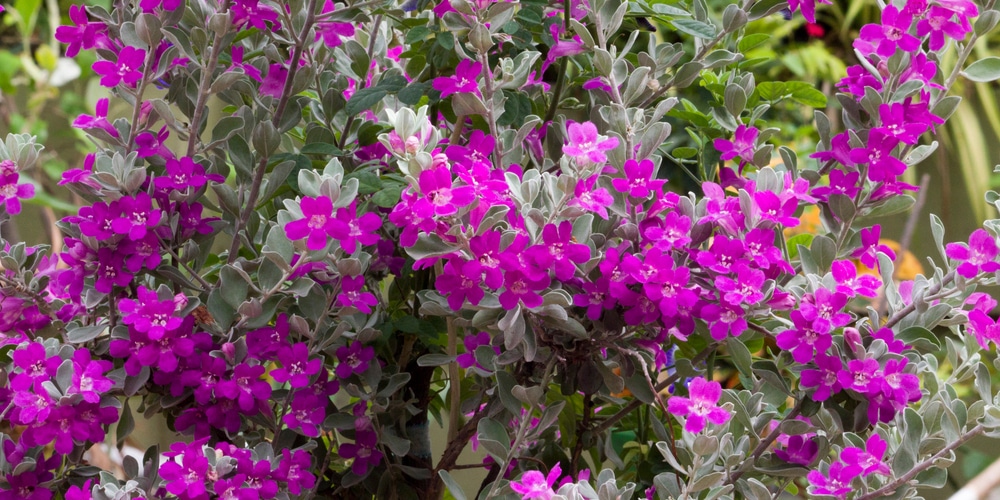
However, it’s worth noting that sage typically prefers well-draining soil and doesn’t like to be waterlogged. Pair it with plants that share similar growing conditions, so everyone thrives together.
When sage flowers, it produces soft purple blooms that attract pollinators. So, it not only drives away bad bugs but also draws in good ones.
And let’s not forget sage’s many medicinal and culinary uses. Its leaves can be dried or used fresh. Add them to savory recipes, infuse them into butter, or even craft homemade herbal remedies.
With its pungent fragrance and unwavering resilience, sage is a faithful companion that deserves a permanent spot in your herb patch.
9. Yarrow
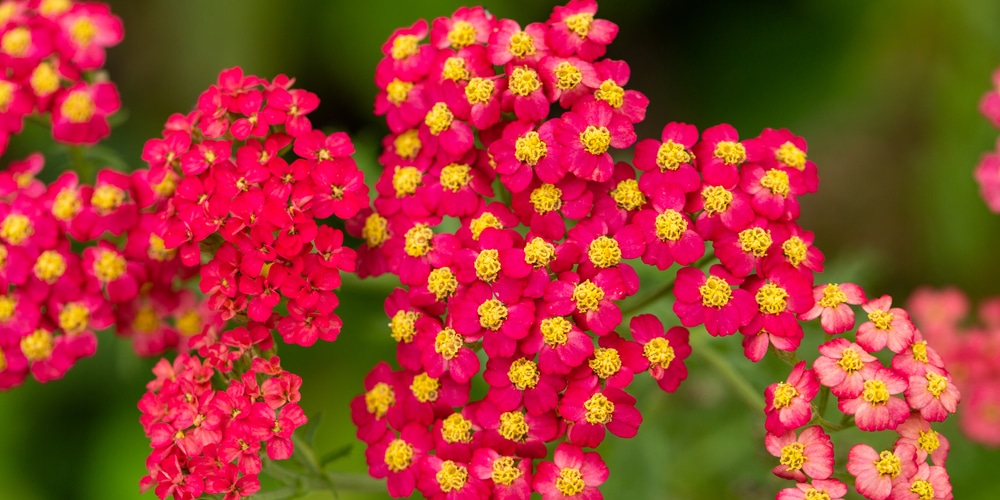
Yarrow might not be as common in small home gardens, but it’s one of those plants you’ll want to consider if you’re aiming for natural pest control and biodiversity.
The flat-topped clusters of tiny flowers on yarrow attract an impressive lineup of beneficial insects, including ladybugs and lacewings.
These insects love to snack on aphids, caterpillars, and other unwanted pests.
What’s more, yarrow can help improve soil structure by loosening compacted areas. Its deep roots allow water and nutrients to flow more easily around your garden beds.
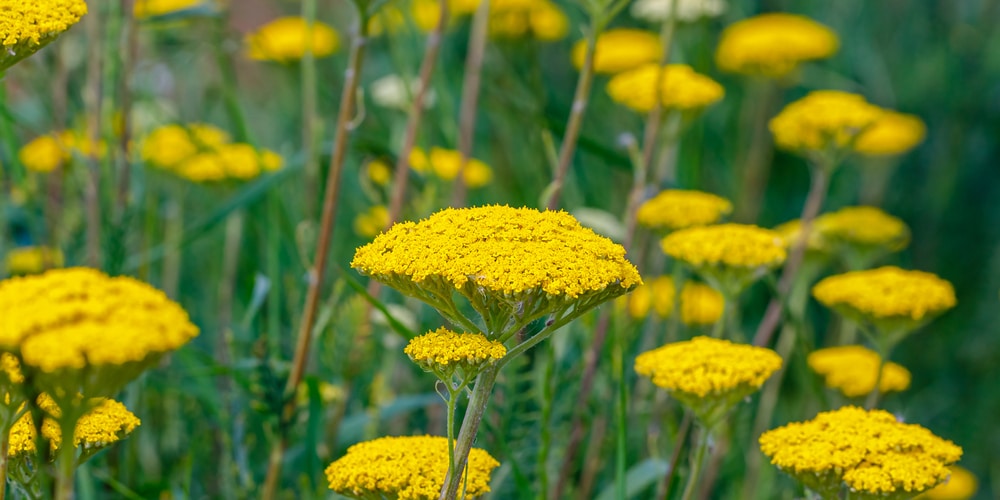
After the yarrow plant fades and leaves drop, those nutrients can get recycled for neighboring plants to use. It acts much like a green manure crop, contributing to the overall fertility of your garden.
Additionally, yarrow is a medicinal plant that has been used for centuries. Its leaves and flowers can be dried and steeped in teas or used in herbal preparations.
The presence of yarrow in your garden can add both visual interest and pragmatic benefits. Tall, lacy, and somewhat delicate, it’s a lovely companion that stands guard over your other plants while bringing in an army of helpful bugs.
How to Get Started with Companion Planting

Implementing these 9 companion plants doesn’t have to be complicated. Planning is the main ingredient. Decide which vegetables or flowers you’d like to grow, and then figure out which companion plants match up well with them.
Don’t simply scatter seeds randomly, hoping for the best. Make a simple sketch of your garden. Think about each plant’s height, spacing requirements, and water needs. Then, position your companions accordingly.
For instance, if you’re planting tomatoes, basil and marigolds are ideal neighbors. Basil helps repel insects and potentially boosts flavor.
Marigolds ward off soil-based pests. Meanwhile, something like chives can offer a smaller protective border around rose bushes or other ornamentals.
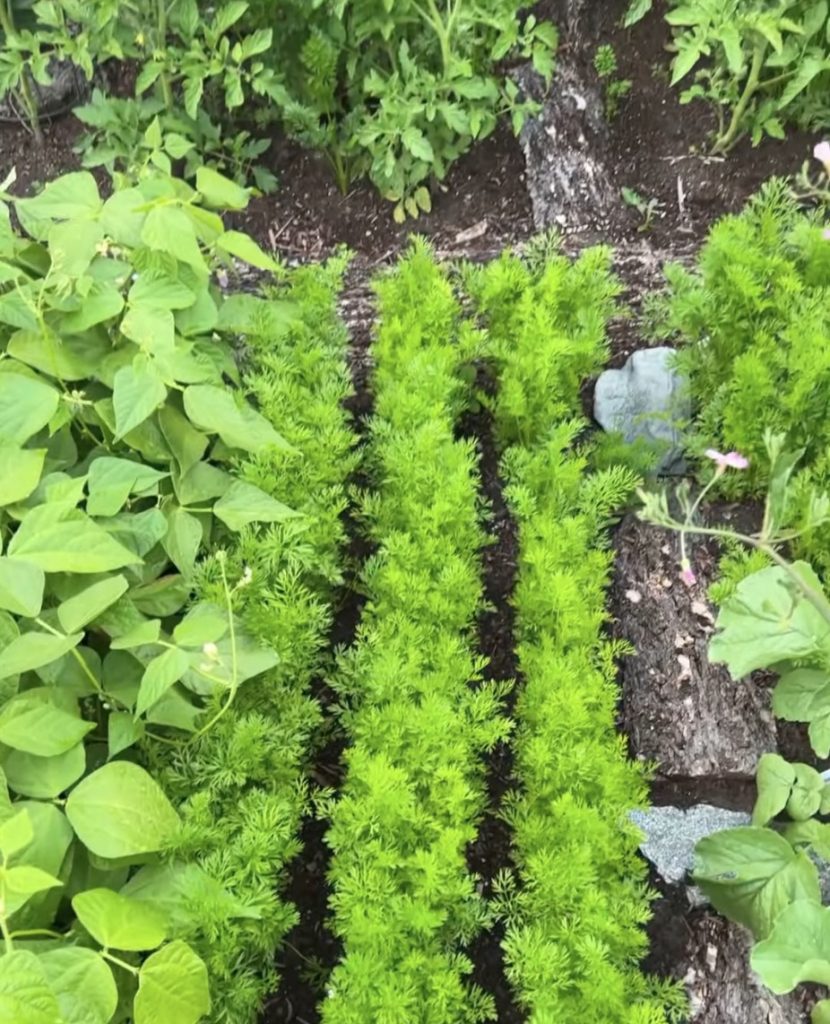
As you pick and choose placements, ask yourself: “Does this plant like the same sunlight? Does it have similar watering needs? Will it grow too tall and cast shade where it’s not wanted?” By asking these questions, you’ll create a more harmonious layout.
Succession planting is also a clever trick. Some of these companions may finish their life cycle before your main crop is at full maturity.
For example, nasturtiums might come and go quickly. Once they start to fade, you can replace them with another beneficial companion or a quick-growing crop to maintain pest control and keep the soil healthy. Staying flexible and observational is key.
Observe which plants do well together in your specific microclimate and keep notes. Over time, you’ll craft a companion planting strategy uniquely tailored to your garden.
Tips for Successful Companion Planting
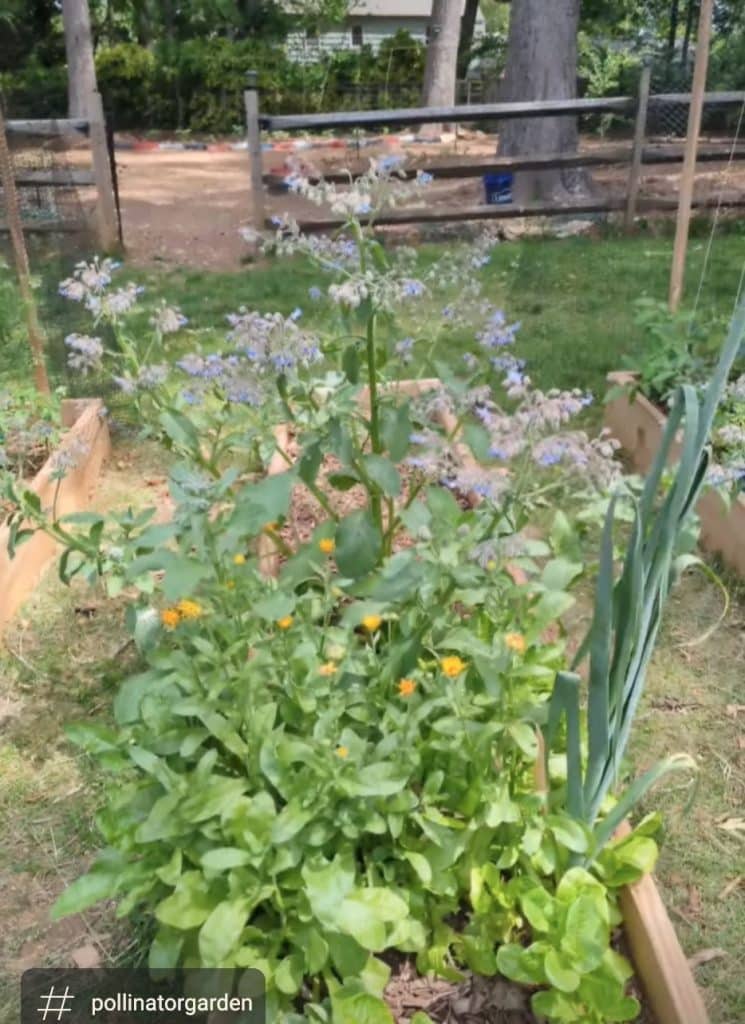
- Use Containers Wisely
If you’re concerned about certain herbs or flowers taking over, container gardening might be your best friend. Mint, for example, does wonders repelling pests but can quickly outgrow its boundaries. Plant it in a pot and then place it nearby to receive all the benefits without the chaos. - Rotate Crops
Each season, try to rotate your crops to different spots in the garden. This prevents soil depletion and keeps pest populations guessing. By mixing up companion plants, you continue to disrupt pest cycles and let the soil recover with different root structures and nutrient demands. - Encourage Biodiversity
Don’t limit yourself to only these 9 superstars. There are many companion plants out there, from thyme to lavender to calendula. A diverse garden is generally more resilient, as many different plants invite a variety of beneficial insects and microorganisms. - Practice Good Garden Hygiene
Remove dead foliage promptly to prevent disease and pests from settling in. Healthy plants are better equipped to thrive and lend a helping hand to their companions. - Consider Pollinators
Even if you focus on vegetables, pollinators are essential to setting fruit. Mix in pollinator-friendly companion plants so bees, butterflies, and other friendly insects can always find a reason to visit your garden. - Go Organic
Chemical pesticides and herbicides can undo the very benefits you’re trying to achieve with companion planting. Let nature strike a balance. Often, if you’re patient, beneficial insects will handle pest issues before they get out of control.
Final Thoughts
Companion planting is a brilliant dance of mutual support, diverse biodiversity, and natural synergy. Whether you’re brand new to gardening or you’ve been tending plants for years, there’s always something fresh to learn.
By integrating these 9 companion plants into your garden layout, you’ll create an ecosystem that practically buzzes with health and productivity.
Basil, marigolds, nasturtiums, borage, chives, rosemary, mint, sage, and yarrow each bring unique strengths to the table.
Some deter pests underground. Others lure away pesky insects or invite beneficial pollinators to come to the rescue. Some simply make your vegetables taste better. When grown with a bit of planning and care, these plants can make a big impact on the overall success of your garden.
Start small. Experiment with just a few companions this season. Watch how your plants respond. Over time, you’ll find what works best in your particular conditions.
Maybe you’ll see stronger growth in your tomatoes when they’re flanked by basil. Perhaps you’ll have fewer cabbage worms when nasturtiums are in full bloom.
And as you incorporate more companion plants, your garden will become more self-sufficient, vibrant, and productive.
Enjoy the journey of discovering nature’s built-in teamwork. With these 9 garden allies at your side, you’re well on your way to a healthier, more bountiful harvest. Happy planting!